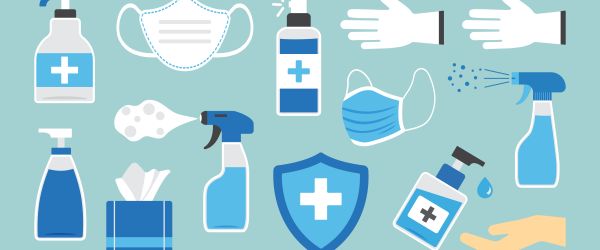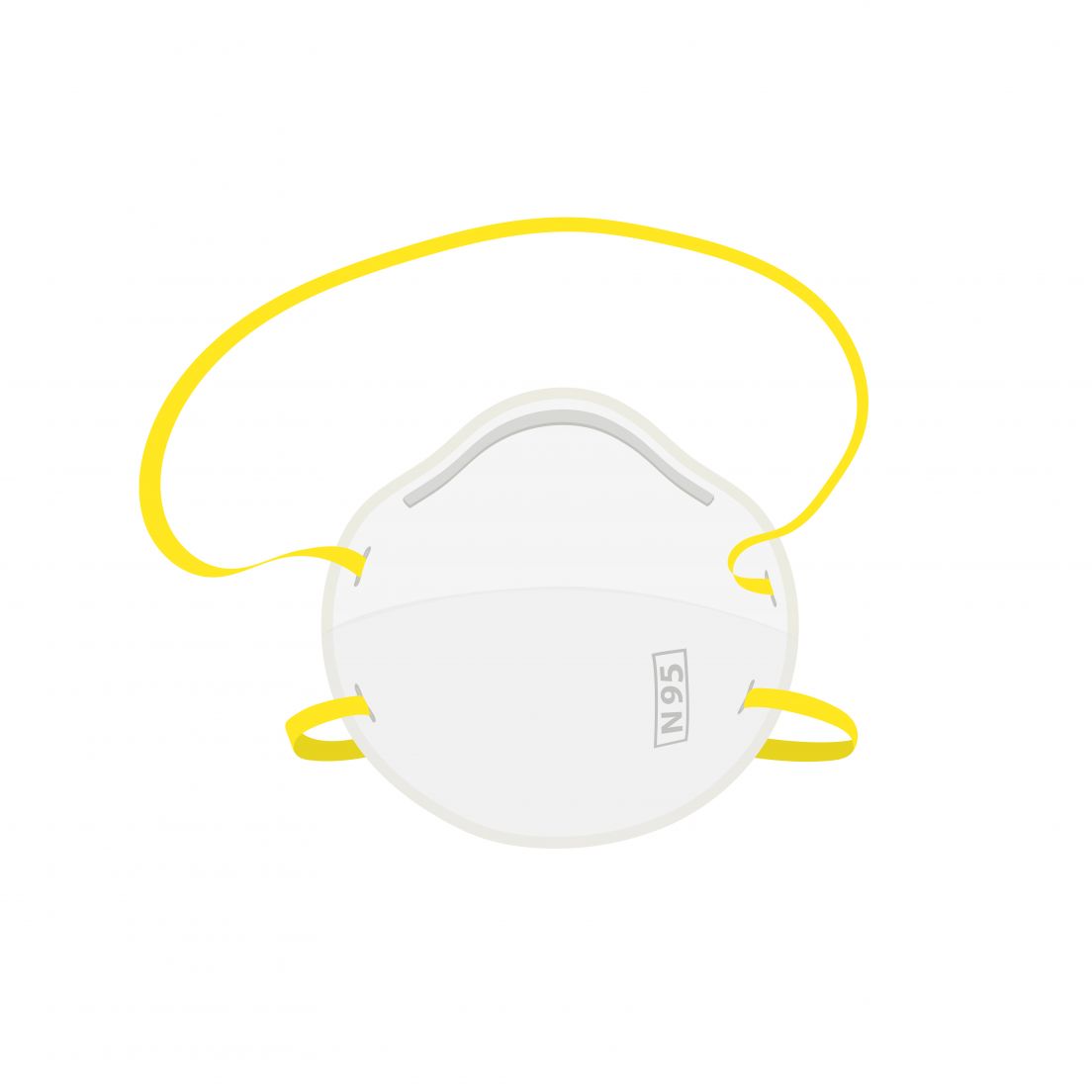Proper Use of N95 Respirators

The following is a recent article published by American Nurse. FlexCare is bringing this article to you in an effort to provide you with timely information to facilitate the use of best practices, especially as we manage through the Covid-19 pandemic. The link to the full article can be found at the bottom of the page.
Follow doffing, re-donning, extended use, and reuse best practices to reduce risks.
Hospitals and clinics have experienced severe personal protective equipment (PPE) shortages since the COVID-19 pandemic began, requiring them to be strategic in optimizing use and reuse of all PPE, including N95 respirators. N95 respirators are single-use items that are disposed of after each patient encounter, so they should be available in sufficient quantities to avoid reuse. However, given the current shortages, nurses have been forced to use one N95 respirator for their entire shift or for multiple days.
Based on current evidence, extended use and limited reuse may be safe if proper doffing and re-donning steps are followed, but more research is needed. In addition, reusing a potentially contaminated N95 respirator adds risk of exposure to pathogens. Nurses should follow best practices for safe extended wear, reuse, and multiple-day use of N95 respirators.
When do I need to use an N95 respirator?
If you expect to have contact with a patient on airborne precautions—for example, someone with known or suspected COVID-19, tuberculosis, or measles—you’ll need to wear an N95. Follow the American Nurse recommendations for donning and doffing when using your new N95 respirator or reusing it.
N95 Decontamination
Decontamination should not be standard practice; however, If personal protective equipment shortages force you to reuse your N95 respirator, the Centers for Disease Control and Prevention recommends three decontamination methods:
- ultraviolet light
- vaporized hydrogen peroxide
- moist heat.
Reuse and extend use with confidence
Reusing or extending the use of your N95 respirators is a safe and effective way to protect yourself from respiratory illness when PPE is in short supply. It takes practice to don, doff, and re-don appropriately. As an added layer of protection, ask a colleague to check your technique. Having an illustrated guide to follow can serve as a reminder of important steps to follow when you don’t have someone available to verify the steps.
Getting into the habit of following a few simple steps for donning and doffing a respirator will help you perform them correctly.
For reuse best practices, see the full article. American Nurse
